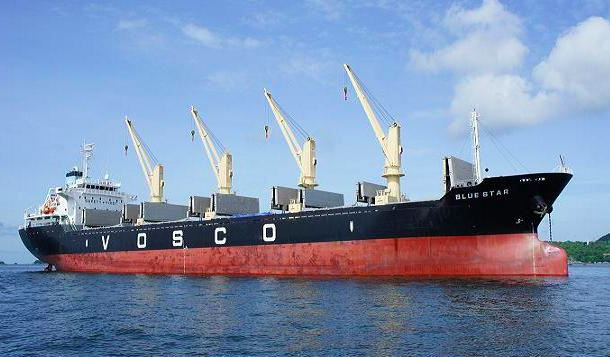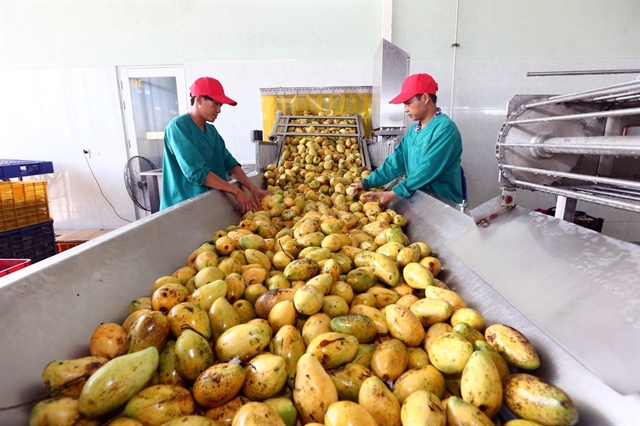 Economy
Economy

 |
| The food industry was one among key industries prioritised by the Government to 2025. — VNA/VNS Photo Danh Lam |
HÀ NỘI — The food industry of Việt Nam has significant potential for rapid expansion in the domestic market and increase international cooperation thanks to efforts to improve competitiveness, Vũ Bá Phú, director of the Việt Nam Trade Promotion Agency, said.
The growth in the domestic market is being driven by the increasing incomes of local residents, Phú said, adding that Việt Nam with a population of nearly 100 million people, about 50 per cent of whom are below 35, has a huge demand for food products, such as beverages, milk, oil, flour and starch.
He cited statistics that there are about 5,083 enterprises operating in the food industry, an increase of 83.8 per cent against 2019 – a positive growth after the COVID-19 pandemic. The food industry is one among key industries prioritised by the Government to 2025.
During the past five years, the consumption of food and beverage products in Việt Nam increased on average 9.68 per cent and 6.66 per cent, respectively.
The vegetable and fruit processing industry which accounts for 24.7 per cent of the food industry’s revenue saw a growth of nearly 205 per cent and is expected to continue expanding rapidly, driven by exports and domestic consumption. Major fruits are mango, banana, dragon fruit, orange, and pineapple.
The food industry also has significant potential to increase international cooperation.
The cooperation with big companies like Lotte Mart, E – Mart, Home Plus and CJ creates an opportunity for Vietnamese firms to bring products to shelves of supermarkets and shopping centres in the Republic of Korea including Coupang and Gmarket and gradually penetrate the e-commerce market in this country.
The major food products of Việt Nam exported to Korea include fresh and frozen octopus and squid.
There are four free trade agreements (FTAs) with the presence of both Việt Nam and the Republic of Korea (RoK), contributing significantly to promoting the expansion of Vietnamese products in the Korean market and vice versa, including the ASEAN – Korea FTA, Việt Nam – Korea FTA, Regional Comprehensive Economic Partnership (RCEP) and Comprehensive and Progressive Agreement for Trans-Pacific Partnership (CPTPP).
According to a representative from the Korea Trade–Investment Promotion Agency (Kotra), the trade of agro-forestry-fishery products between Việt Nam and the RoK is increasing. The RoK has opened up the agriculture sector based on the FTAs with ASEAN and Việt Nam.
The trade liberalisation process has made the RoK the fourth largest importer of Việt Nam’s agro-forestry-fishery products, after the US, China and Australia.
According to Paul Le from Central Retail Việt Nam, RoK enterprises should study the opportunities to import products from Việt Nam which are not available in the RoK. Some retailers have earned high revenue from importing instant beef and chicken noodles to the RoK.
He pointed out that Việt Nam has a huge source of raw materials while the RoK has the strength in processing technology, providing room for enhancing the cooperation between the two sides.
Phạm Thị Đào, deputy director of the Department of Agriculture and Rural Development of Hải Dương Province which has many specialties such as Thanh Hà thiều lychee, Hoa Vàng sticky rice, Chí Linh hill chicken, and bean cake, said that local food producers are weak in processing and the production lacks stability and efficiency.
Đào said that policies should be raised to encourage investments in food processing, especially incentives in land and credit. Besides, it was necessary to complete national technical standards for the food industry, she said. — VNS